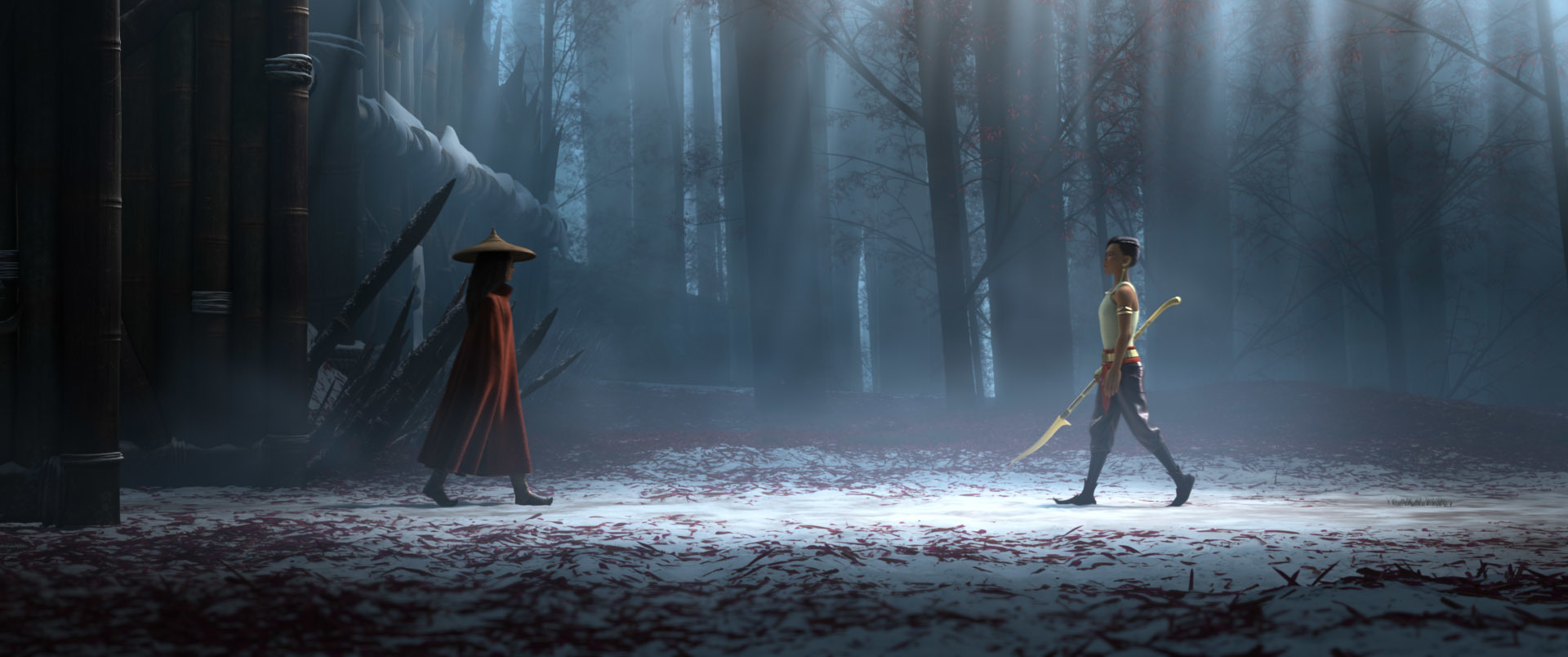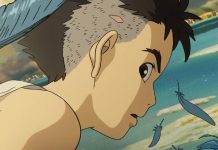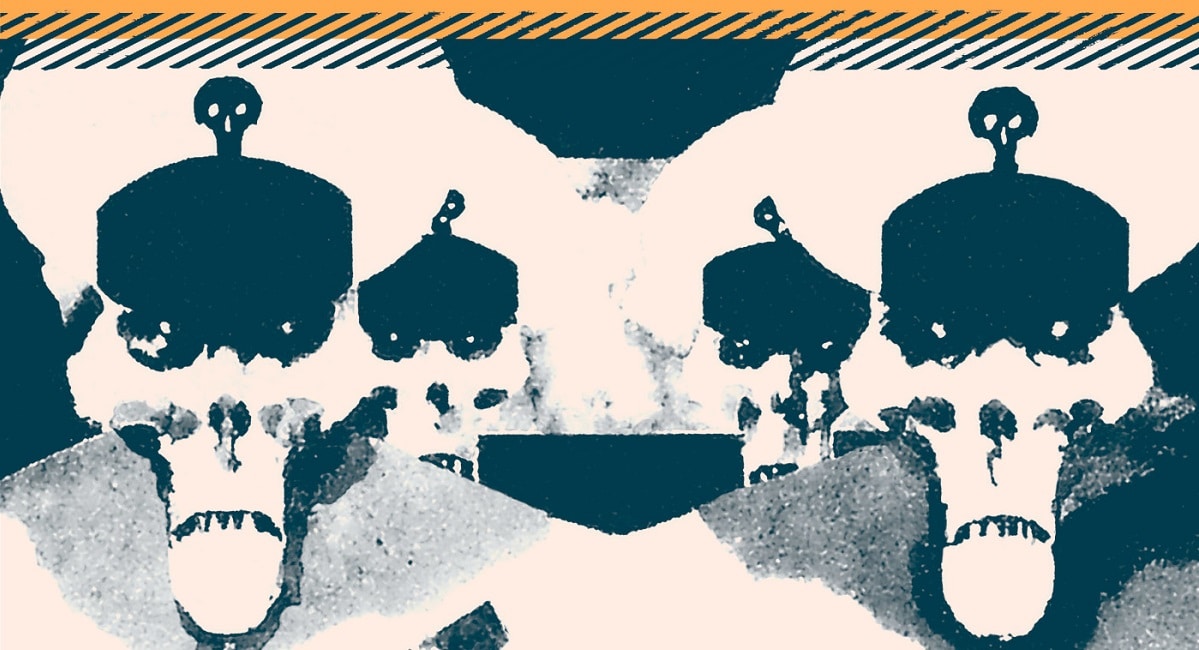It’s official, Raya and the Last Dragon is out! Get it fired up on your devices, people! The Beat attended the press conference for the film, where cast and creators talked about the creation of the story. From working from home during the pandemic to the character and world-building, to recent events in our world today, there was a lot to learn.
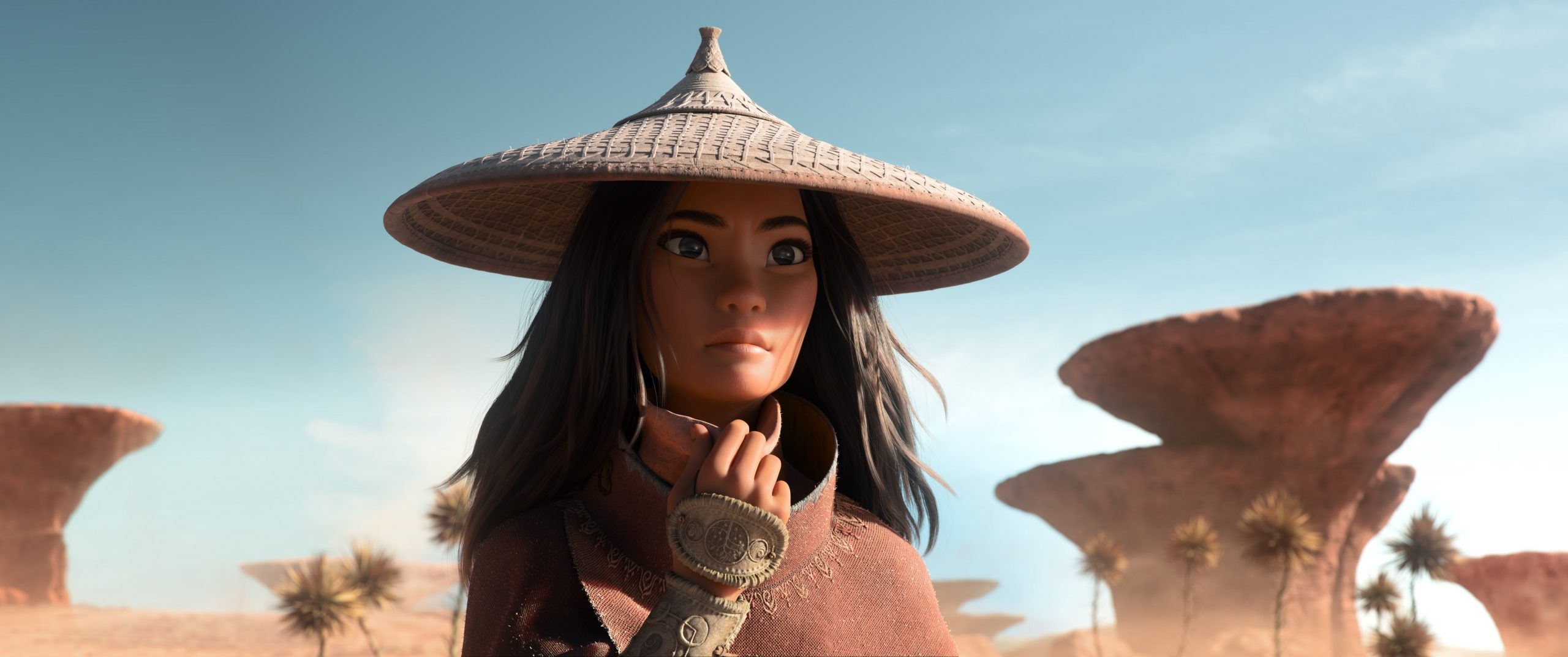
Raya-From-Home
As a film made from over 400 homes, created during the pandemic, Raya and the Last Dragon faced a lot of new challenges in its conception. For the actors, this meant recording had to be done on their own and pieced together after the audio is all received. For some, like Benedict Wong, who was in Western Australia at the time, this meant going to a studio and recording his parts. But for others, like Daniel Dae Kim, this process had its ups and its downs. Living in Hawaii, Kim lamented that shooting often requires five to eleven hours of travel, and being able to record from home was pretty great. However, he recounts one day where a tech issue lead to a disaster. “Okay, so I recorded for an hour,” Kim explained, “We did some great stuff. And at the end of the hour, we were supposed to upload our packets to Team Disney. And as I was uploading my packet, I realized that I had recorded none of that past hour. So this is what happens when you leave the recording and the technical stuff to the actors. So, we lost that hour, but I learned my lesson. And, it was kind of hassle-free the rest of the way.”
Much of the magic of Raya also lies in the character interactions, and a lot of the praise for the film should also go to the story and editing teams, as Kelly Marie Tran noted. Having recorded her scenes in isolation, experiencing the final product was different than shooting a live-action film. “To have seen the movie now totally finished and to see all the chemistry that these incredible characters have, I think that says a lot about the expertise of Disney animation and the incredible talent working behind this movie,” she praised.
And all that expertise is definitely on display in Raya. Awkwafina remarked that after seeing the first clip at D-23, she was nearly fooled by the realistic nature of the animation. “We would come in. We’d do the job. One Croc on, and that’s what we’re doing,” she joked. “But then you realize, all that really goes into this, and we’re recording kind of simultaneously as it’s being animated. So when I first saw the human version of Sisu, I was like, ‘Okay, all right, that’s me.’ […] That looks like me. And so, those nuances are very, very trippy and very, very mind-blowing.”
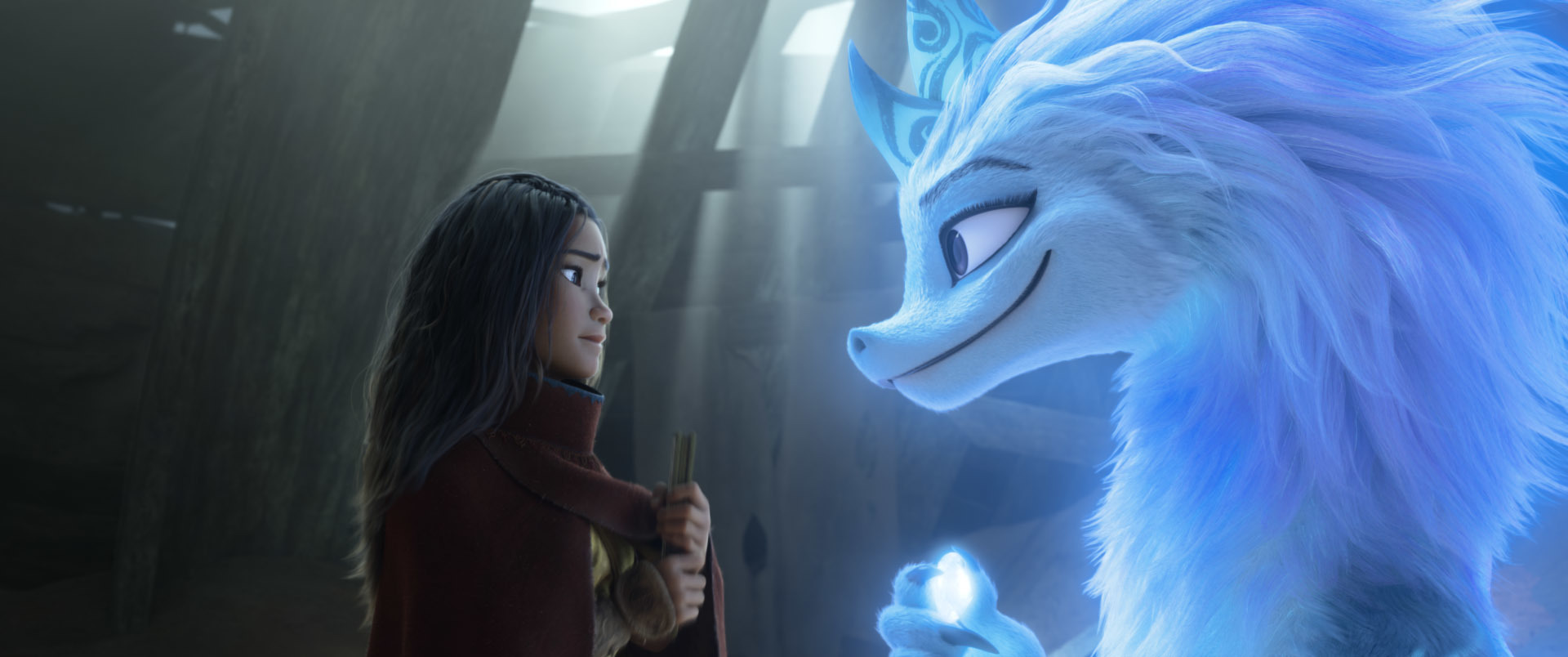
Character Work
The characters of Raya and the Last Dragon really jump out at you. And for many of the actors, playing these characters meant developing a connection to them. When talking about his character Chief Benja, Kim said, “He’s someone that I aspire to be. It’s nice when you can really take a lot of pride in the person that you’re playing.” On the flip side, for Sandra Oh and Gemma Chan, who had to play a slightly more antagonist role, this mean seeing the complexity in their characters. Oh explained, “There’s no black and white in these characters, which I greatly appreciated. […] I was extremely moved by the message of this film because I feel myself struggling to learn how to trust as well.” She added that she appreciated the nuance when it came to their characters and the story telling.
Agreeing with Oh, Chan noted, “[O]ne of the things that really drew me to this story and resonated with me is the fact that Namaari is the antagonist, but she’s not a cutout villain. It’s not black and white. I just-I find that really interesting. She and Raya are also kind of two sides of the same coin. You could imagine them having each other’s upbringings and easily taking each other’s place.” This type of character complexity is something that we as viewers strive for in a story. It’s what makes a story layered and it was fantastic to see that portrayed in both of these characters.
Kelly Marie Tran, whose character is often at odds with Chan’s Namaari, also emphasized her love for the two characters and their growth throughout the film. “When I really think about my life when things like that have happened to me, I think about just how difficult it is to get out of your own biases when you’re looking at someone who you see as an enemy and then just how incredibly, by the end of the story, Raya and Namaari are then suddenly willing to step outside of themselves. They risk everything for this idea of community, this idea of what their relationship could have been this entire time. It’s really, really inspiring. It’s something that I want to do in my own life. But their relationship in this movie is probably one of my favorites, just because of how complicated it is.”
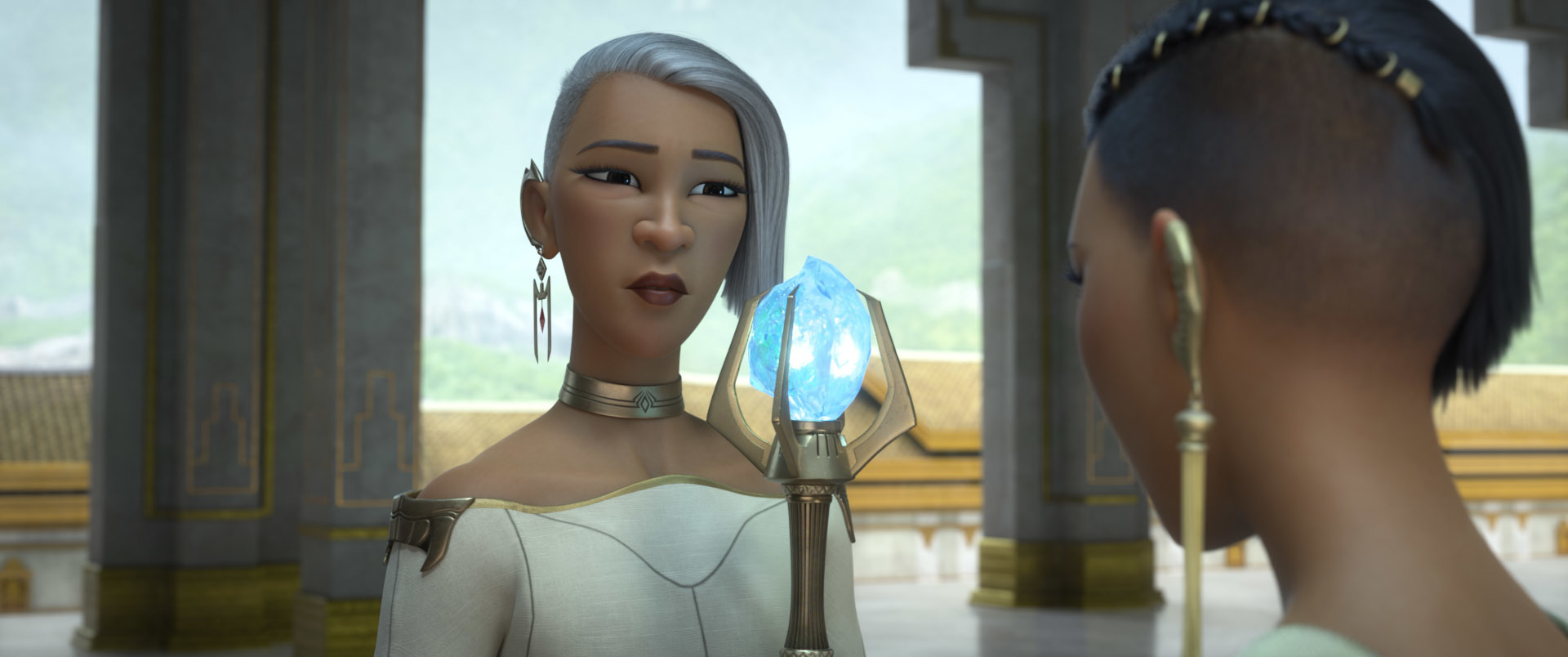
With Sisu, the titular dragon of the film, we get our introduction into the Eastern dragon, who we see in her character design. Drogon, this is not. Eastern dragons, or Nagas as they’re sometimes referred to as, are water deities and symbols of auspiciousness. Like Sisu says in the film, dragons give life and are like water while the Druun represent death and fire. Writer Adele Lim talked about the symbology of the film when it came to Sisu. “Raya thinks she’s going to bring forth this water dragon who’s going to snap her fingers and just solve all the problems in the world. Instead, what she finds is this zany, crazy creature voiced by Awkwafina, and she’s vulnerable and needs to be protected. And also, she’s quirky and always sees the good in people,” Lim said.
At the heart of this story is Raya’s friendship with Sisu, and Sisu brings out the best in Raya. As Lim explained, “[Sisu’s] humor comes from a place of seeing the best in people, the best in Raya, the best in the people that Raya thought were her enemies, in all these people who you think have let you down and betrayed you. The dragon is the one who can see that spark and that potential. And it inspires everybody to sort of come together and really get past it.” Producer Osnat Shurer also clarified that the decision to make Sisu female was a decision made early on, one that was embraced, especially when Awkwafina was casted.
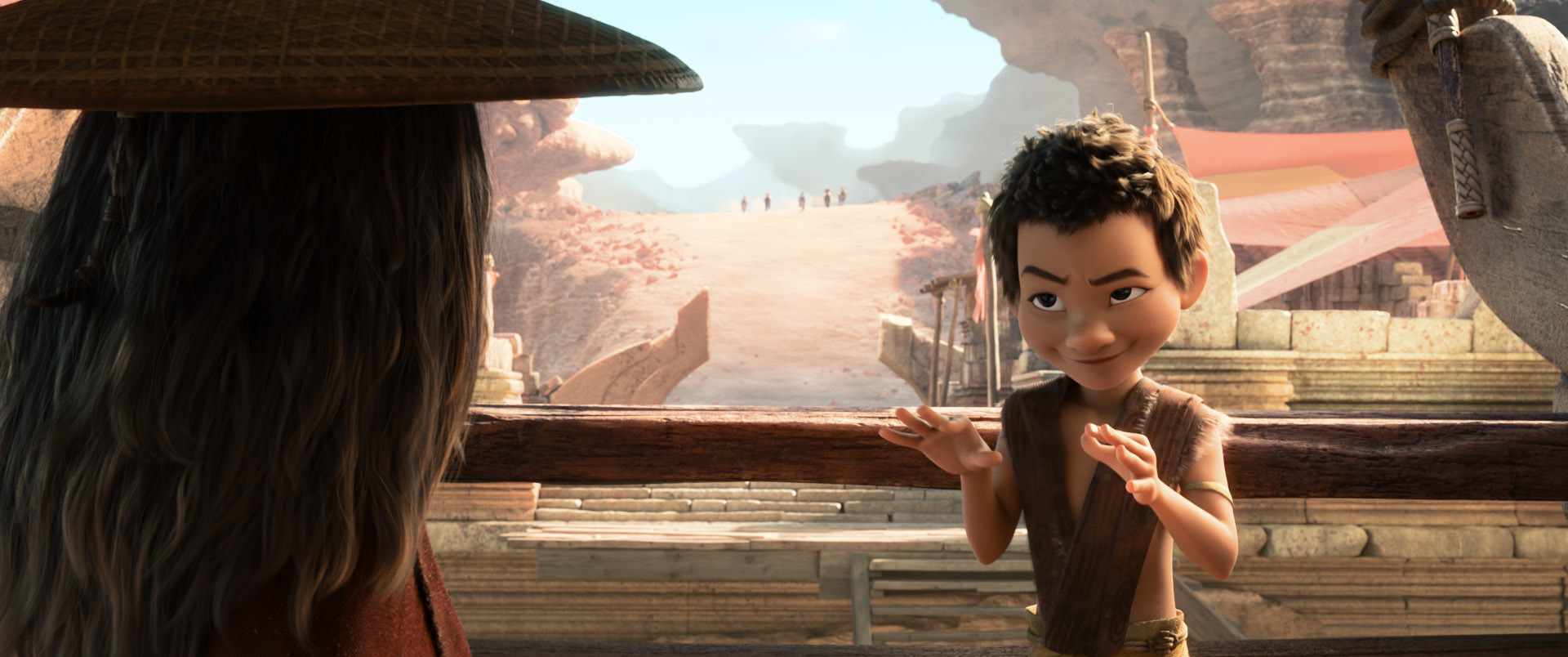
Kumandra
The worldbuilding and creation of Kumandra is based on multiple different South East Asian cultures and it shows. Although some have criticized this as a melting pot of cultures, there is still something to be said about seeing things in a Disney film that have never been seen before. With both Adele Lim and Qui Nguyen as writers, it was important to them that the multi-faceted nature of South East Asia be represented. As Lim explained, “If you look at even one country, like the country I grew up in, Malaysia, there are so many races, cultures, religions. So many ways for us to view each other as the enemy or view each other as the other. But when you truly look at what makes our culture amazing and sings, whether it’s our arts or our food (the best street food in the world) it is because of all these different elements really coming together and creating something transcendent.”
Izaac Wang marveled, “It’s amazing to see all the things that are included in this movie, including the food and some of the weapons that you see, for example the Kali sticks that I saw, which really stood out to me. And there’s a bunch of other different things that I can’t even name because I don’t even know the name of them because I’ve been centered around a couple cultures my whole life, and just to see all these different cultures is really amazing to me.”
For Nguyen, he related the story more to one of mythic proportions. “It is a fantasy, and I always equate it to like the Arthurian legend or Dungeons and Dragons. These Western fantasies based on like a mishmash of Western cultures,” he said. “This is our chance to kind of create our Excalibur and our Arthurian legend. And so it was something to celebrate a culture that Adele and I grew up in and to make legendary heroes that our kids can aspire to.”
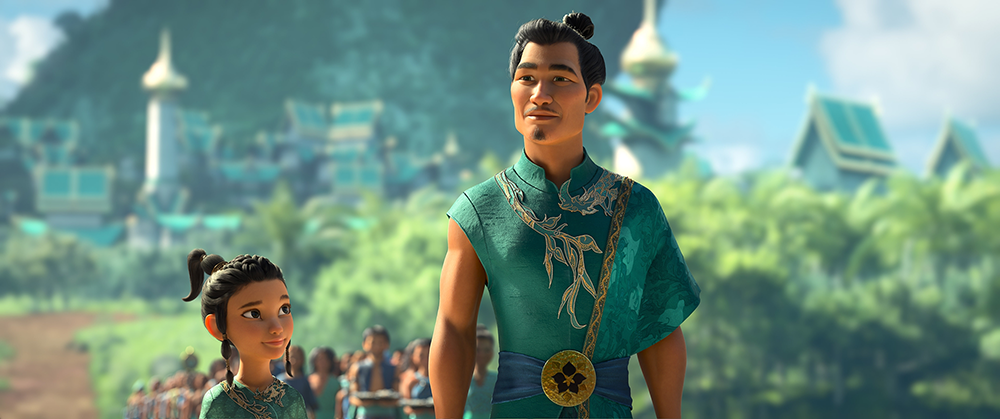
Lasting Effects
There’s no denying the impact of Raya on a cultural level. The first Disney animated film since 1998’s Mulan to feature a story about an Asian character is bound to leave a lasting impression on a new generation of people. And in this cast, which includes younger actors like Izaac Wang and Thalia Tran alongside seasoned Hollywood leads like Sandra Oh or Benedict Wong, it’s inspiring to see. For Oh, who grew up in the 70s and 80s, the landscape has changed drastically. “I’m actually just glad that I’m still alive to be a part of this type of screen where you see the people who have made it. So in that way, it’s very exciting. I mean, Izaac and Thalia, it’s just so great to see you and to hear what you have to say. Mostly, that’s really what it is, and to give them an opportunity to have their voices heard. Because, especially for the much younger generation, to have a space for them to be heard. It’s an exhilarating change for someone like myself to be a part of and to witness.”
And in this time where Asians and Asian Americans are facing racist and targeted attacks, perhaps Raya can offer something of a takeaway for audiences currently struggling. Oh commented, “The theme of the story, which is we cannot go on as a society, the world cannot continue, without this openheartedness. The truth Raya learns and also Namaari learns, is that you have to be willing to have your heart broken again and again and again just to keep it open. Because I think that we know hate is not finished by hate. It is only won over by love.” On that same note, Kelly Marie commented, “Acknowledging that there’s a lot of pain that happens there and recognizing that the only way to really get through it is to look for the bits of hope in your community.”
Nguyen also added, “It’s hard not to appreciate that this movie’s coming out and-and kind of giving a counterpoint and just telling a positive story that just celebrates Asian American skin and Asian American lives, and Asian American people. Because with any group that’s underrepresented, when you only see stories where you’re seen as the bad guy or a thug or what have you, it starts to paint a very negative picture of you for those who don’t ever get to know you, who never get to be in the room with you. And so, I think step one is representation and really being out there, both behind and in front of the camera, with the stories we tell and then just being out there, so we can acknowledge that this world is all of us, not just any one of us.”
Raya and the Last Dragon is available now on Disney+ with Premier Access and in select theaters!


